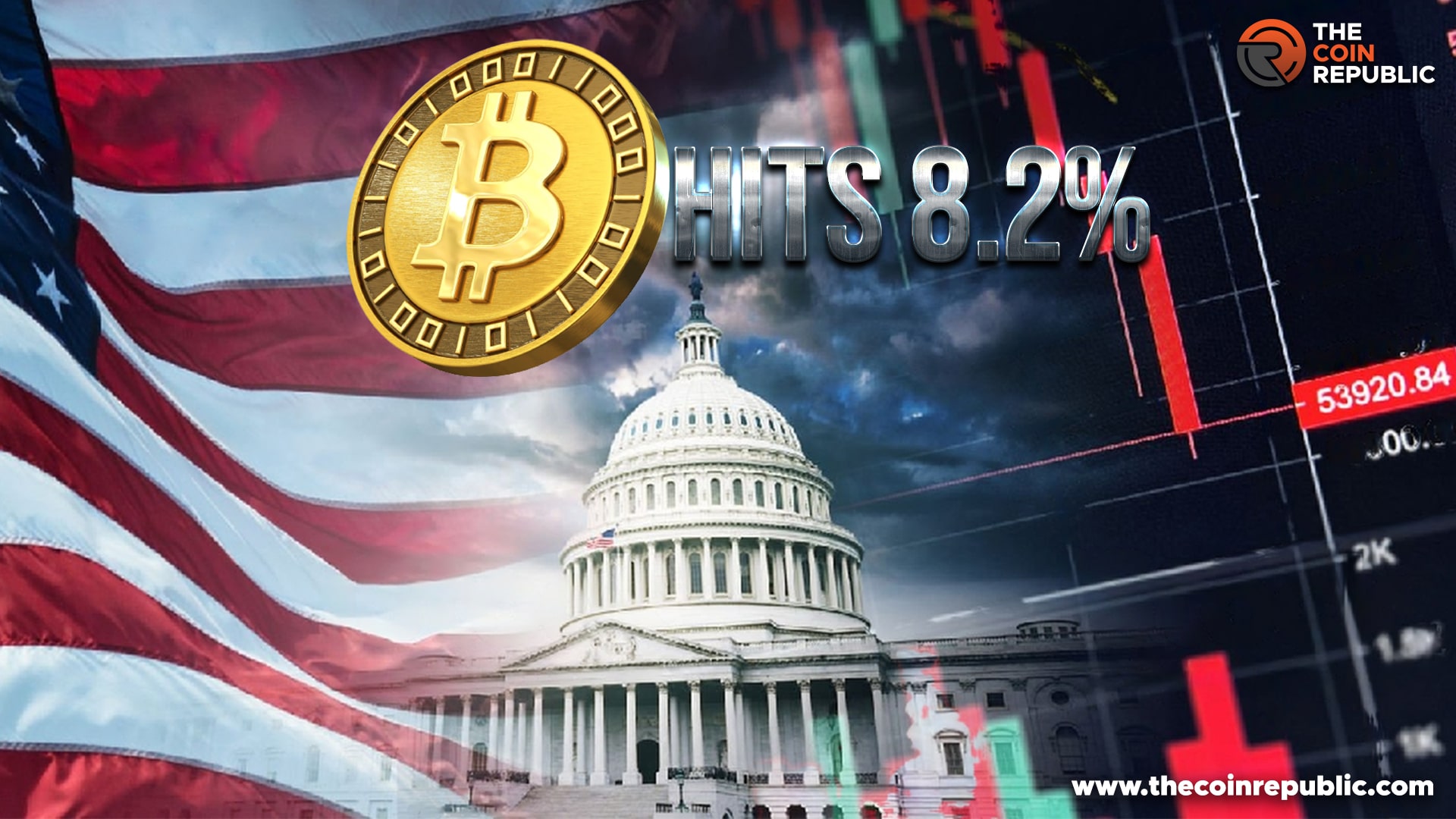Home »
Join Us on Google News
The rate of inflation has now slowed for three months in a row. Despite continuing to fall, inflation in the United States is still higher than the Federal Reserve would like.
The most recent Consumer Price Index report, which indicated that inflation decreased by ten basis points in September, was withdrawn on Thursday by the Bureau of Labor Statistics.
Last month, goods prices increased by 8.2% annually, which was lower than the 8.1% that economists had anticipated.
The CPI increased by 0.4 percent month-over-month. After reaching a 40-year record high of 9.1% in June 2022, the current reading of U.S. inflation is the third consecutive month of decline, despite coming in higher than anticipated.
Watching the Fed
Markets reacted negatively to the reading today, despite the fact that the most recent few CPI prints have suggested that inflation may have peaked.
In pre-market trading, both the cryptocurrency market and major U.S. stock indices like the Dow Jones and Nasdaq 100 saw sharp declines. While Ethereum, the second largest cryptocurrency, sold off by more than 6%, Bitcoin is down more than 4%.
The reading of 8.2% indicates that inflation is “sticky,” and as a result, it may remain high for a longer period of time than anticipated, contrary to expectations that it would quickly fall below the Fed’s 2% target.
Risk assets like cryptocurrency and the financial markets as a whole are adversely affected by high inflation and sluggish economic growth. Traders have been closely following inflation this year because the numbers have a significant impact on the actions taken by the Federal Reserve.
The U.S. central bank has responded aggressively to rising inflation by raising interest rates from 3% to 3.25%—the highest levels since the 2008 Global Financial Crisis. Due to the rising cost of borrowing money, interest rate hikes are important to traders and investors because they tend to affect risk assets.
The hawkish stance taken by the Fed is probably the biggest reason why crypto has lost a staggering $2 trillion since November 2021. The United States central bank is the most powerful force in the world on global markets.
Because of the recent economic crisis, Fed Chair Jerome Powell and his team have taken a brutal stance, which has hurt the stock and cryptocurrency markets. Additionally, it has had a number of side effects, such as a strengthening of the dollar against other global currencies, which has held risk assets back.
The Federal Reserve has stated on multiple occasions that it intends to reduce inflation to 2%. According to current estimates, the fund’s rate could reach a peak of 4.6 percent in 2023, signaling the impending escalation of interest rates.
At the Federal Open Market Committee meetings of the central bank, Powell typically makes rate hike announcements; November and December are scheduled to be the final two of the year.
ALSO READ: Here’s How Cardano Network Has Changed Since Vasil
What’s next for cryptocurrency?
Since inflation is falling at a snail’s pace, it may be some time before cryptocurrency shows new life. Since a halt to rate hikes would ease pressure on risk assets, many traders have suggested that a Fed pivot could be a crucial turning point for the market. Paul Tudor Jones, a billionaire manager of a hedge fund, stated earlier this week that a dovish Fed would likely result in a massive rally in a variety of beaten-down inflation trades, including crypto.
However, he began his remarks by stating that he believed the United States was either already in a recession or was on the verge of one.
Even though the economy in the United States contracted for two quarters in a row in the first half of the year, the National Bureau of Economic Research has not yet declared a recession, and there are no indications that the Federal Reserve is prepared to pity the markets.
When asked about the state of the economy, Powell has argued throughout the year that the unemployment rate is relatively low; Last month, it decreased to 3.5%.
Until the economy officially enters a recession, Jones and others have warned that the Fed will not stimulate economic growth until higher unemployment rates are observed. This suggests that a pivot could be some time off.
© Copyright 2022. The Coin Republic
Login to your account below
Please enter your username or email address to reset your password.

